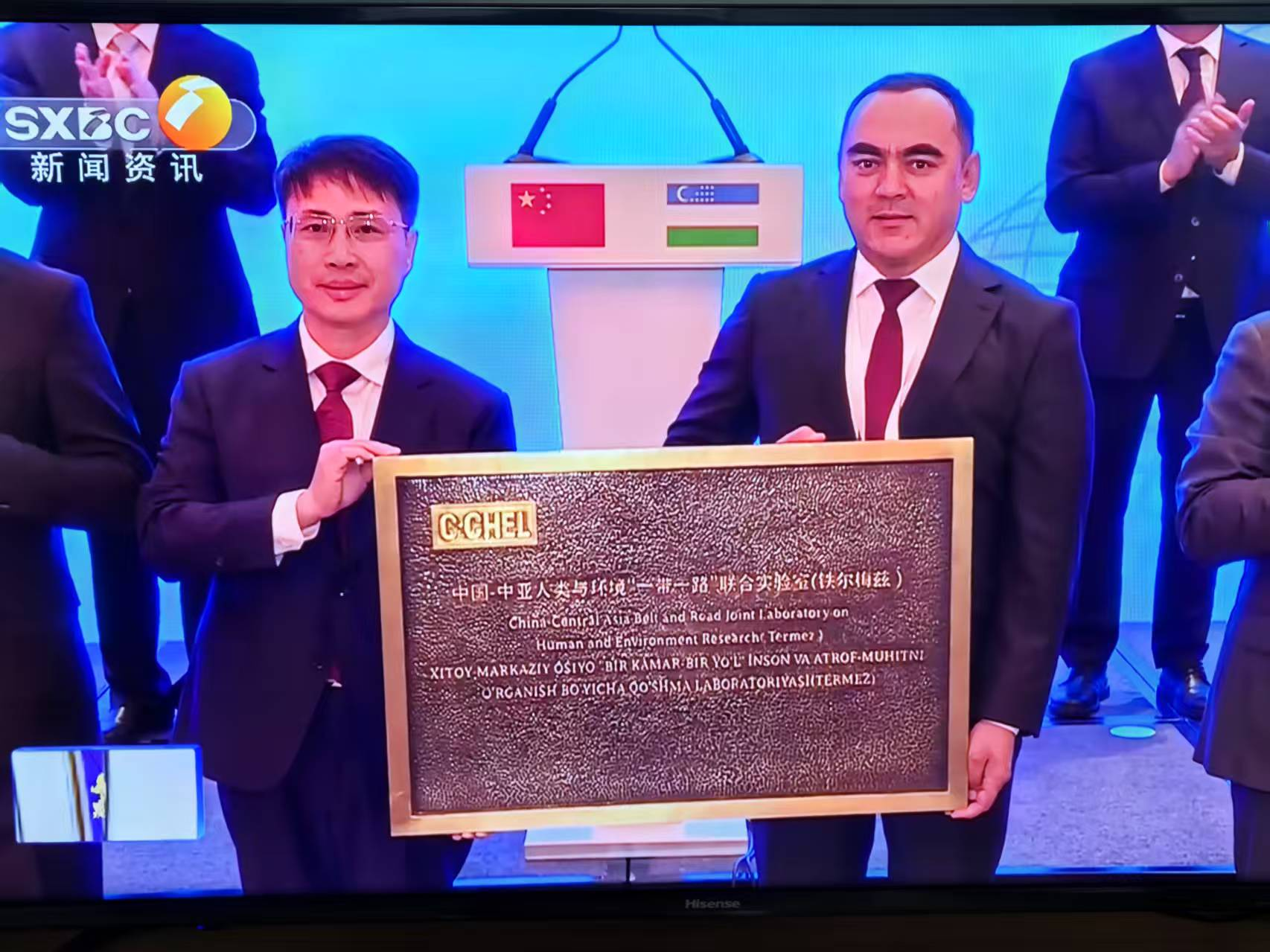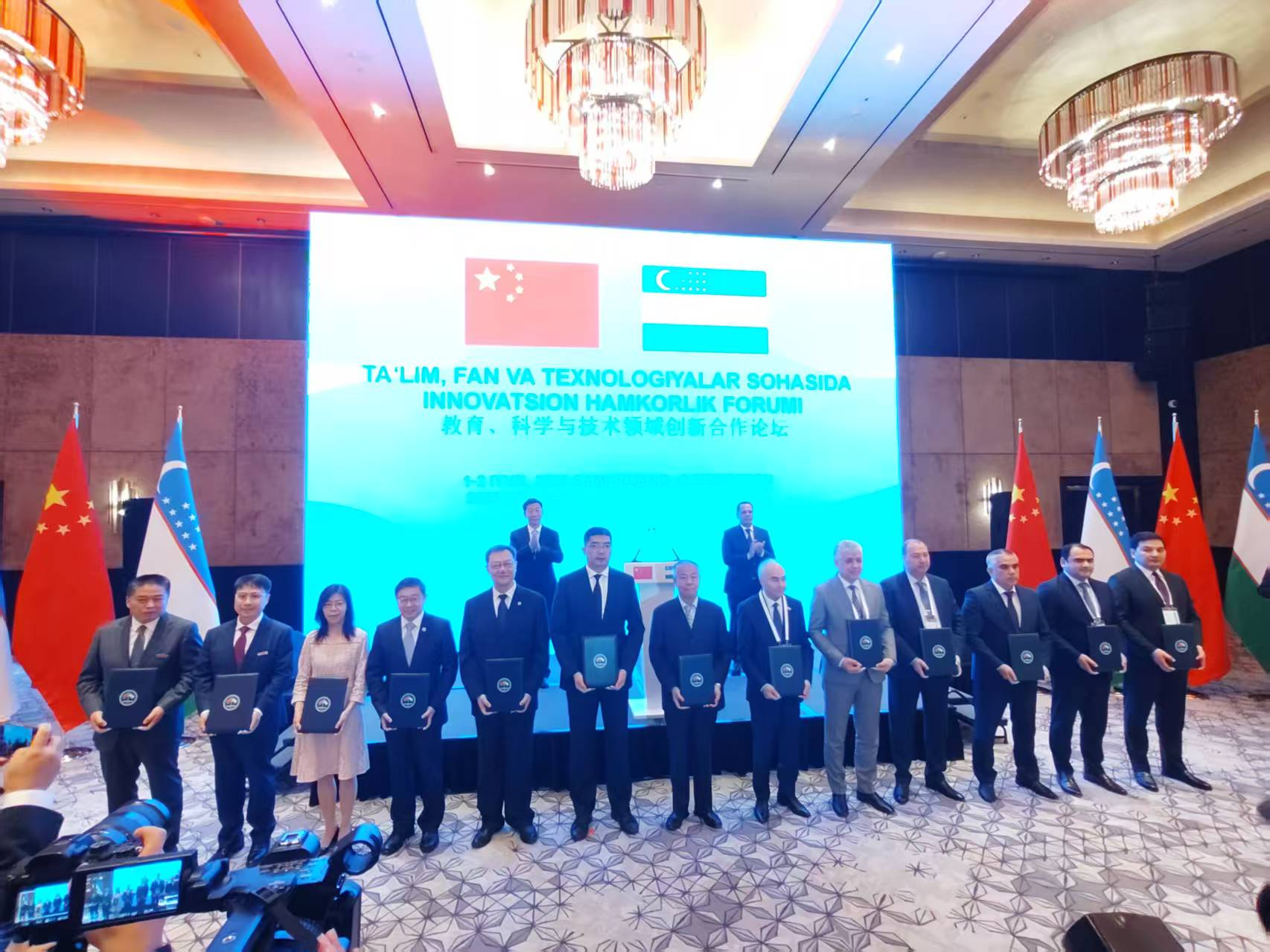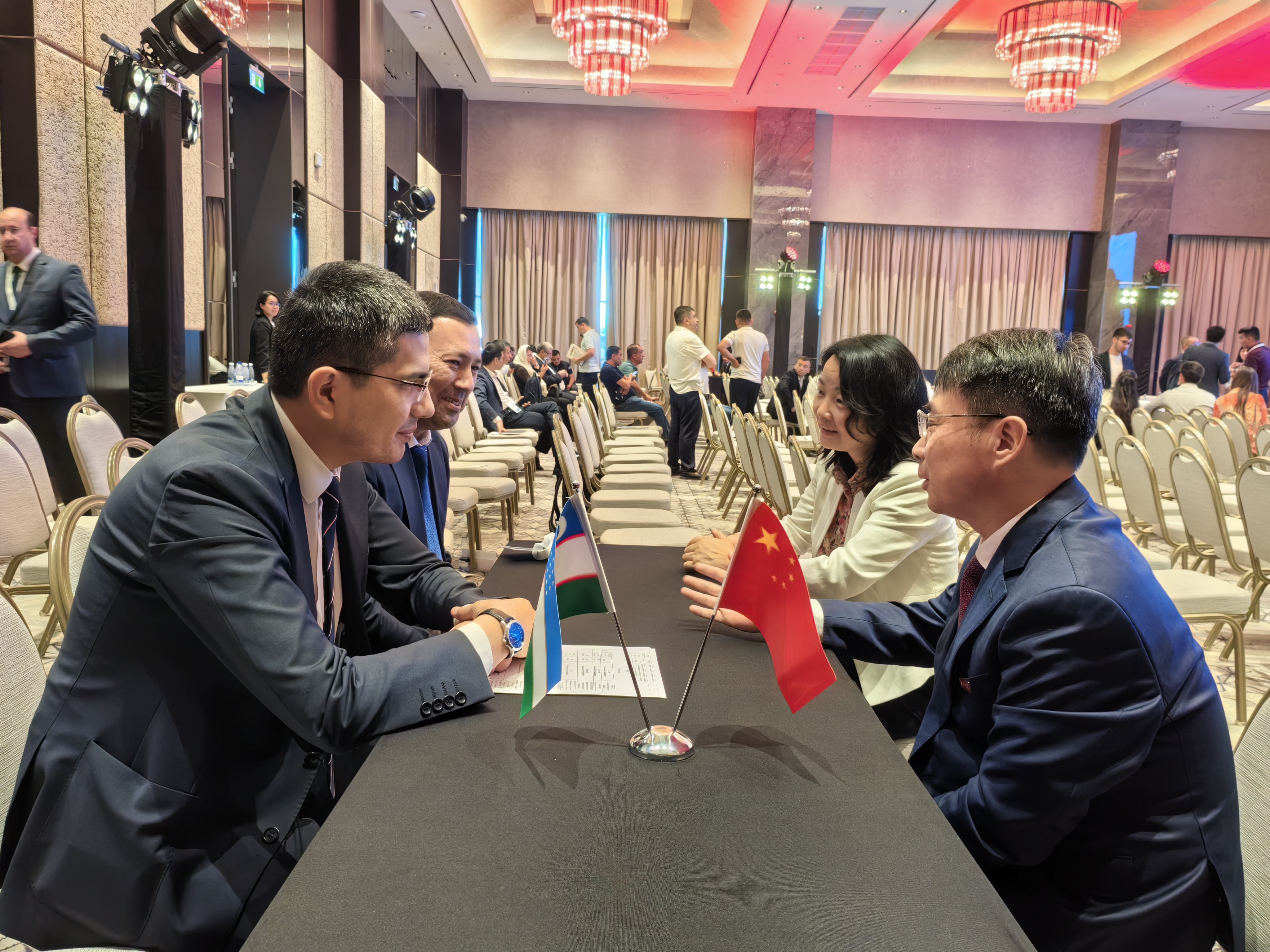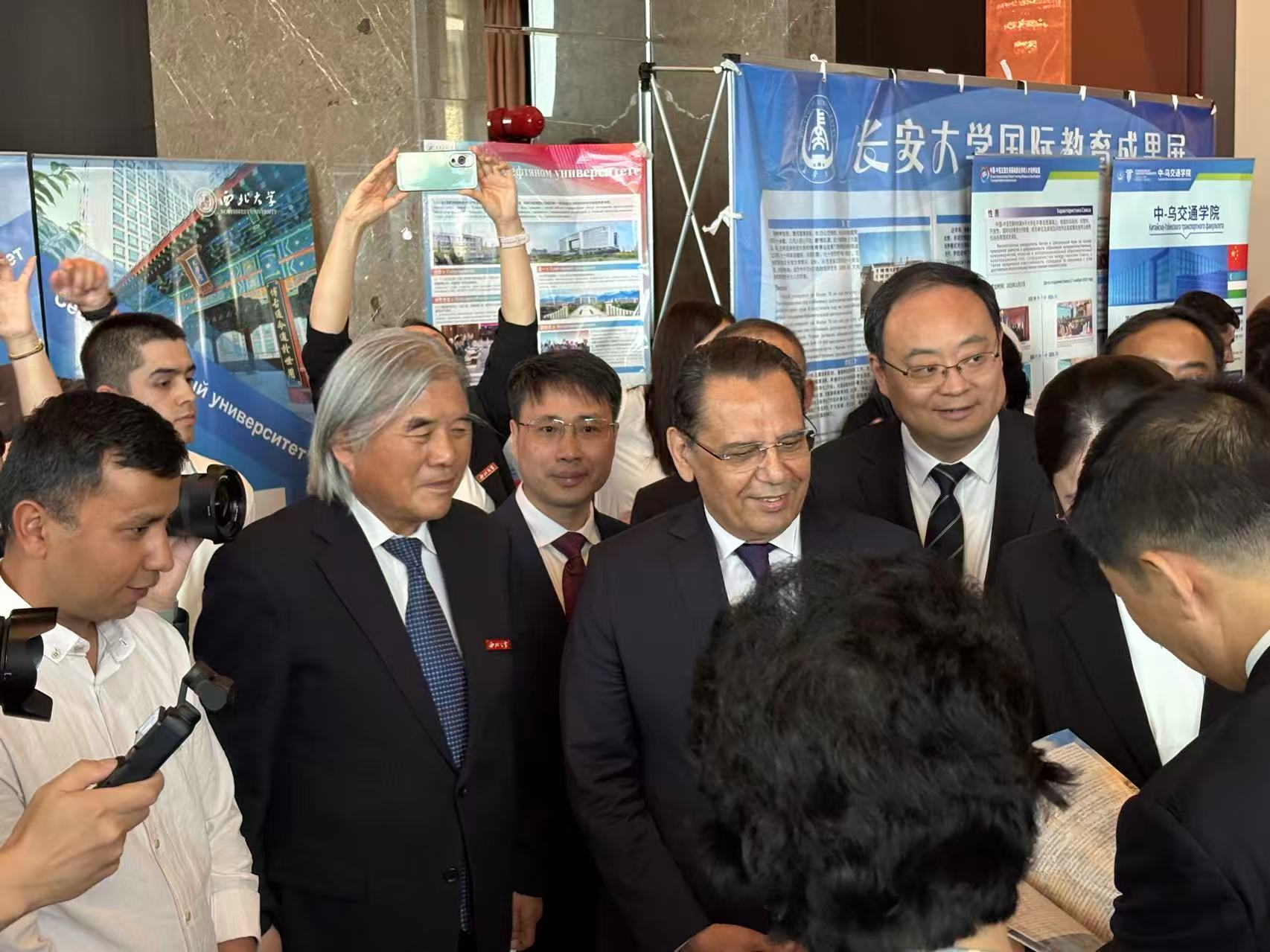From June 1 to 3, 2025, NWU president SUN Qingwei visited Uzbekistan with a delegation organized by the Education Department of Shaanxi Provincial Government. The visit aimed to participate in the China-Uzbekistan Forum on Educational Cooperation and Exchange and related events, implement NWU’s “Deepening Engagement in Central Asia” internationalization strategy, and advance new opportunities under the Belt and Road Initiative through concrete measures.
On June 1, at the opening ceremony of the China-Uzbekistan Forum on Educational Cooperation and Exchange, NWU signed an agreement with the National University of Uzbekistan Named After Mirzo Ulugbek to establish a Joint Center for Scientific and Innovative Archaeological Research. Concurrently, the Termez Branch Laboratory of the NWU China-Central Asia Human and Environment Belt and Road Joint Laboratory was officially inaugurated, and the Sci-Tech Archaeology Training Program at the Samarkand Branch Laboratory of the same Joint Laboratory commenced.
On June 2, the delegation participated in the China-Uzbekistan Ancient Capitals Forum. This forum, organized by the Education Department of Shaanxi Provincial Government, NWU, and the “Silk Road” International University of Tourism and Cultural Heritage (SIUT), served as one of the parallel sessions under the China-Uzbekistan Forum on Educational Cooperation and Exchange. It brought together over 100 participants from 9 Chinese and Uzbek universities and research institutions, effectively promoting humanities exchange and mutual learning between China and Uzbekistan in the field of ancient capital research, protection, and cultural heritage transmission.
On June 3, a 15-member delegation comprising representatives from universities within and outside Shaanxi Province visited the Samarkand Archaeological Institute. Saiyidov Muminghan, Director of the Samarkand Archaeological Institute, and president SUN Qingwei briefed the delegation on the background and achievements of bilateral cooperation in archaeology. They then led the delegation on an inspection tour of the Institute's exhibition hall artifacts, the Afrasiab murals (Ambassadors’ Hall), the Cultural Relics Protection and Restoration Laboratory, and the Afrasiab site.



